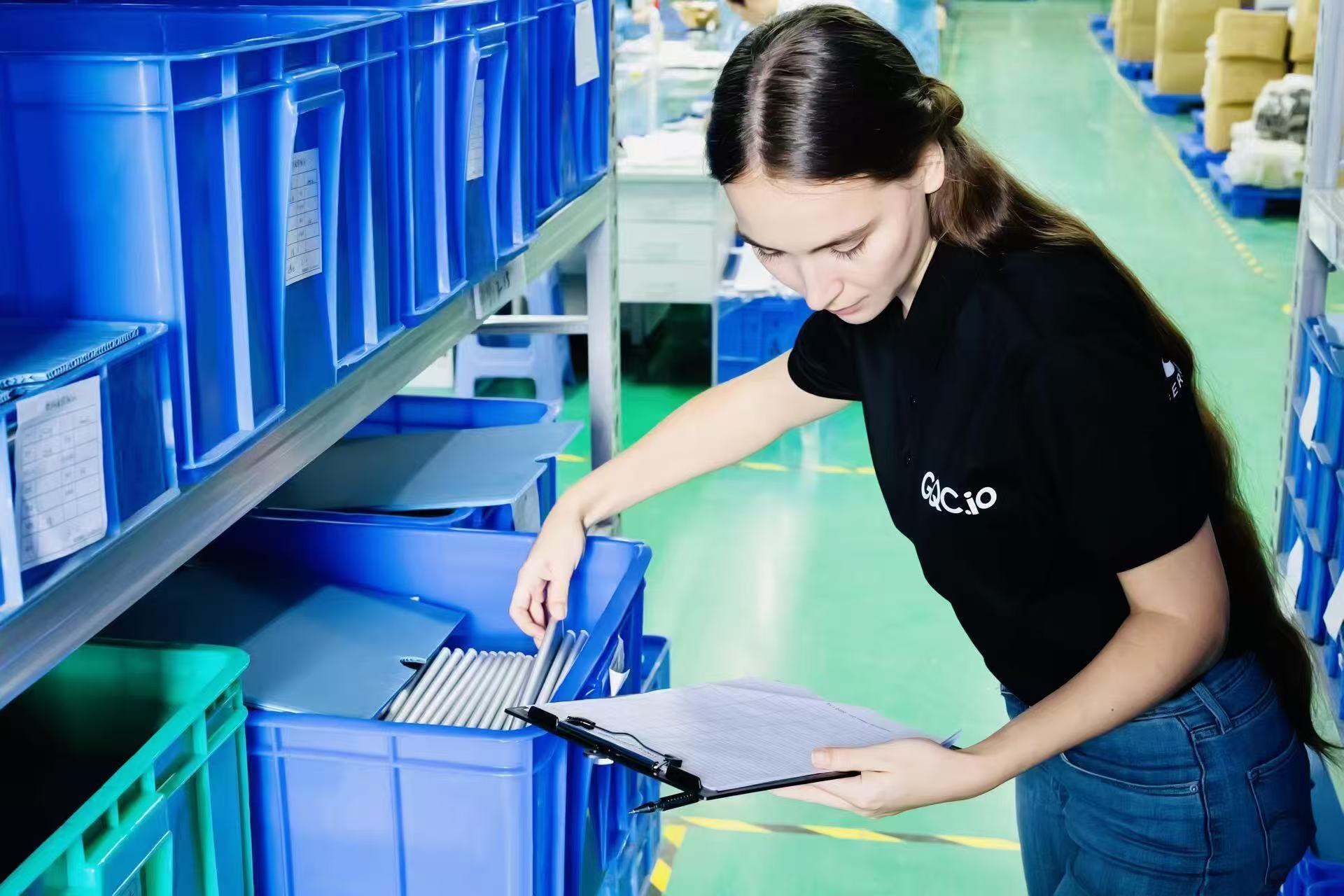The Chinese New Year(CNY) holiday, also known as the Spring Festival, is the most significant annual celebration in China. It also represents one of the most challenging periods for importers who rely on Chinese suppliers. Production halts, worker turnover, shipping delays, and quality risks can all disrupt your supply chain if unprepared. Here's a practical guide to help you navigate the CNY period effectively.
Understanding the Impact of CNY on Supply Chains
The CNY holiday usually lasts for one week, but its effects extend far beyond. Many workers inChina are migrant laborers who travel long distances to visit their families.Consequently, factories may slow down or even halt operations weeks before& after the official holiday. Additionally:
● Worker Turnover: A significant number of workers don’t return to their jobs after the holiday, leading to delays and reduced production capacity.
● Material Shortages: Raw material suppliers also close, causing delays in the delivery of essential components.
● Shipping Bottlenecks: Increased demand before the holiday overwhelms logistics systems, often leading to container shortages and increased freight costs.
● Post-Holiday Challenges: Quality issues frequently arise after CNY due to rushed production schedules and untrained new workers.
A Step-by-Step Plan to Prepare for CNY
1 - Forecast Your Needs Early
Begin planning at least three to four months beforeCNY. Analyze your sales data and forecast your inventory needs until at least two months after the holiday. This ensures you have sufficient stock during the production slowdown and the post-holiday recovery period.
2 - Place Orders Well in Advance
Submit your orders after October to ensure they can be produced and shipped before the holiday shutdown. Factor in extra lead time to account for potential delays caused by shipping congestion.
3 - Communicate with Suppliers
Open and frequent communication with your suppliers is critical. Confirm their holiday schedule and production capacity and establish deadlines for the completion and shipment of your orders.
4 - Build a Safety Stock
Increase your inventory levels to cover a bufferperiod of 1-2 months beyond the holiday. This mitigates the risk of running outof stock during the supply chain disruption.
5 - Enhance Quality Control Measures
Prior to CNY, factories often rush to meet order deadlines, which can compromise quality. Arrange for third-party inspections to ensure your products meet your standards before shipment.
6 - Plan for Post-CNY Production
To avoid delays after the holiday, work with your suppliers to secure production slots for your orders. Provide forecasts for your future needs so they can plan their raw material purchases accordingly.
Additional Tips for Importers
● Diversify Suppliers: Consider working with secondary suppliers in other regions to reduce dependence on a single source during this period.
● Monitor Logistics Trends: Stay updated on shipping schedules and rates to avoid unexpected costs or delays.
● Prepare for Contingencies: Have a backup plan in place for critical orders in case your supplier experiences unexpected disruptions.
The Chinese New Year holiday is a predictable challenge for importers, but careful planning can minimize its impact. By forecasting demand, communicating with suppliers, building buffer stocks, and enhancing quality control, you can maintain business continuity and ensure your supply chain remains resilient during this period. Contact us if you need support for inspections before the CNY at info@gqc.io or visit our website www.gqc.io





